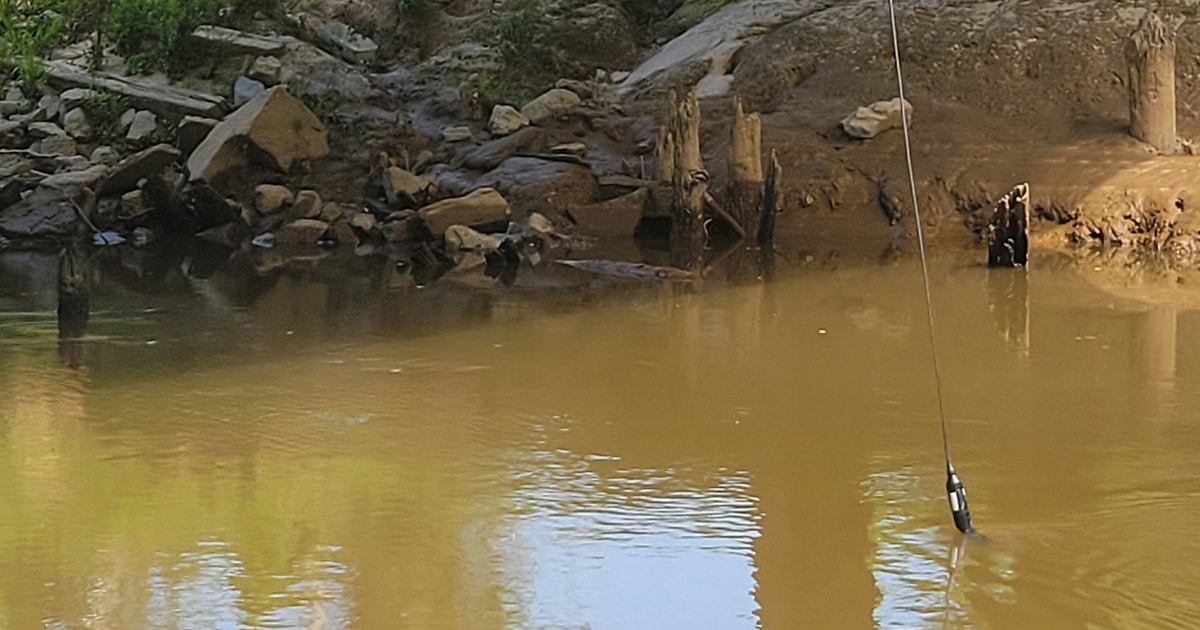The Mississippi Trustee Implementation Group Final Restoration Plan 4 and Environmental Assessment: Wetlands, Coastal and Nearshore Habitats; Nutrient Reduction (Nonpoint Source), and Provide and Enhance Recreational Opportunities (PDF, 395 pages) evaluates a range of project alternatives and identifies the preferred project alternatives. The Mississippi Trustee Implementation Group considered public comments and selected seven projects for implementation:
Three Wetlands, Coastal and Nearshore Habitats Projects:
- Coastwide Habitat Acquisition ($5,000,000)
This project will include land acquisition in coastal areas for conservation that have: 1) high ecological value and/or 2) where wetlands, coastal, and nearshore habitat creation, restoration, and preservation projects could be implemented in future restoration actions (e.g., lands adjacent to coastal bays and estuaries). Once acquired, parcels would be conserved, complementing, and advancing the goals of coastal management, habitat conservation, and other applicable plans.
- Living Shoreline Bulkhead Alternative ($3,000,000)
This project will include the construction of small-scale living shorelines that would reduce shoreline erosion and incorporate vegetation or other living, natural “soft” elements alone or in combination with some type of harder shoreline protection structure (e.g., oyster or mussel reefs or rock sills) for added habitat, protection, and stability. Projects will be located adjacent to properties with public shoreline access to view as demonstration projects.
- Hancock County Marsh Living Shoreline Phase 6 Breakwater ($10,500,000)
This project will include construction of an approximately 1.7-mile linear segmented riprap breakwater in the Mississippi Sound between Bayou Bolan and Bayou Caddy, which will extend the shoreline protection and enhanced benthic secondary productivity benefits already demonstrated by the existing Early Restoration Hancock County Marsh Living Shoreline breakwaters.
Two Nutrient Reduction Projects:
- Back Bay Davis—Davis Bayou Nutrient Reduction ($2,500,000)
This project will improve water quality by implementing conservation practices to reduce nutrients and sediment runoff in two priority coastal watersheds: Back Bay of Biloxi and Davis Bayou—Biloxi Bay. Mississippi Department of Environmental Quality and its watershed stakeholders will develop conservation plans to identify conservation practices that reduce nutrient runoff and sediment and then implement those practices.
- Big Cedar Creek—Rocky Creek Nutrient Reduction ($2,500,000)
This project will be implemented in the Big Cedar Creek and Rocky Creek watersheds to improve water quality by implementing conservation practices to reduce nutrient and sediment runoff at the watershed level. US Department of Agriculture and its conservation partners will help private landowners on a voluntary basis to adopt management strategies to address nutrient and sediment transport from their farming operations.
Two Restoring Lost Recreational Use Restoration Projects:
- Jourdan River Boardwalk ($2,118,000)
This project will include construction of a public boardwalk along the Jourdan River to provide access to and information about this tidal estuarine ecosystem in coastal Mississippi. The project will include a boardwalk, nature observatory, seating areas, and educational signage about the wetlands, coastal, and nearshore habitats including the tidal Jourdan River, adjacent estuarine marsh, and living resources (e.g., birds) that use these habitats.
- Shepard State Recreational Enhancements ($735,000)
This project will provide additional visitor use experience and enhance access to natural resources by improvements to existing facilities, improvement, and maintenance of existing trails, and providing enhanced natural resources related education programs for park visitors including students.
Details on the projects and the environmental analyses are in the restoration plan and environmental assessment. The restoration plan is consistent with the Trustees’ Programmatic Restoration Plan.
Public Engagement and Comment
This restoration planning effort began on February 7, 2022, with a Notice of Solicitation calling for project ideas. In October 2022, we published a Notice of Initiation of Restoration Planning in Mississippi.
A draft of this plan was released for public comment in August 2023, and we posted a pre-recorded webinar on September 15, 2023, to provide input on the plan. We considered the public comments on the restoration plan and environmental assessment. On December 21, 2023, the Mississippi Trustee Implementation Group approved a Finding of No Significant Impact associated with the Final Restoration Plan 4 and Environmental Assessment.

